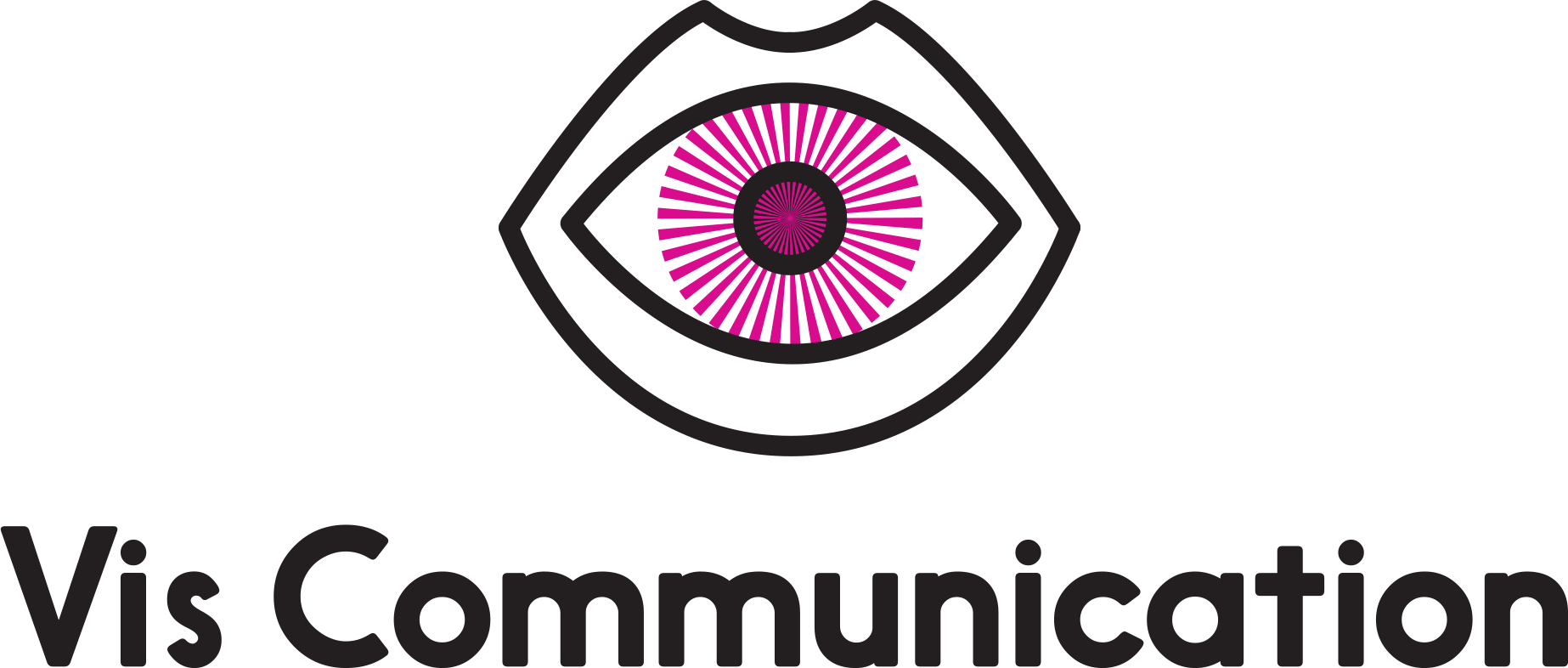Time And Effort
Why some things are easy and some things are hard. And why easy is not always quick and hard is not always slow.

Why some things are easy and some things are hard.
And why easy is not always quick and hard is not always slow.
I conducted an informal poll on LinkedIn, and one of the responses said the hardest thing to communicate as a designer is why certain tasks take more time than others. This comes up a lot where the client thinks the ask seems either a) like it should be quick when it’s actually quite time consuming, or b) like it should be really time consuming when it’s actually fairly quick. So where is the disconnect?
Cosmetic vs. Structural
There is a difference between cosmetic and structural revisions. For example, if I had a revision that said “please change our brand color from Blue X to Blue Y,” would you think that would be easy or hard to change out all instances of that color in a 20-page document? This is a cosmetic change and the answer is actually easy in InDesign. I can select Blue X in the swatches palette, edit it to Blue Y and simply change all. Now, I still need to go through the document and double check, but it was relatively quick.
What if the ask is to “change the 2-column layout to 3-column throughout”? This is a structural change and will be very time consuming in our 20-page document. It will change every page and will reflow the text. There may be other elements on the pages that I need to redesign. And any change involving text is always more complicated if you’re being good little designers and kerning and ragging your type.
By the way, I'm using a print project here as an example, but this general idea also works for websites (a kind of multi-page document) or video editing although there are differences. Different programs can make certain revisions easier or harder depending on their inherent capabilities. They are all different. A last minute change of deliverable or file type could mean your project needs to be rebuilt from scratch in a different program.
Misperception of Tools
This is a bit of “work as imagined vs work as done.” I’m not sure the exact answer but I think it has something to do with the fact that non-designers may perceive design programs as inherently easy to use. Sometimes we make it look easy. Just push a button. I think there is an almost universal perception that technology makes things easier, but very often it makes things a lot more complicated.
The reality is that to get all the customization and nuance professional design programs provide and clients want, they have a lot of complexity. Customization takes time. That preset animation in PPT might be fine for you, but if you want to slow it down or speed it up or change the color or tweak it in any way, you’re out of luck.
Time vs. Effort
I also want to make a distinction between effort and time. I’m currently creating a calendar for a client. Updating all the monthly calendar pages takes some time. But not a ton of effort. It’s not so much a heavy design lift as it is a technical exercise. Some days I love this kind of work. It’s a little bit automatic (meaning for me, not that the computer does it) and time flies by. Conversely, sometimes I need to come up with ideas quickly. These times are high effort, even though I may not have a ton of actual time to spend. Time is a concrete thing, but effort can vary.
For the Designer:
One thing that I do on larger projects is design things in stages. For example, if I were going to lay out that 20-page brochure, I wouldn’t do it all in one go and then send it to the client. I would design the cover and maybe 2-3 spreads first, get approval on that, then move forward with laying out the whole enchilada. This first stage concept/design approval doesn’t mean no revisions, but I hopefully avoid major structural revisions down the road. It helps set the expectation for the client on what the full piece will be like. You can also do this for websites and video (storyboards).
For the Client:
Certainly, designers want projects to be correct and on strategy. But we really, really don’t relish revisions. They are a necessary part of the process, but we’re not telling you it’s going to take 5 hours to re-edit your video, re-create your presentation in a different program, reflow your copy, etc. if it isn’t. What you’re getting in exchange for time is a high level of customization. And remember, sometimes even easy things can take a lot of time. If you're not sure if something you're asking for is quick or slow – just ask. There are a lot of factors that will determine the answer.

